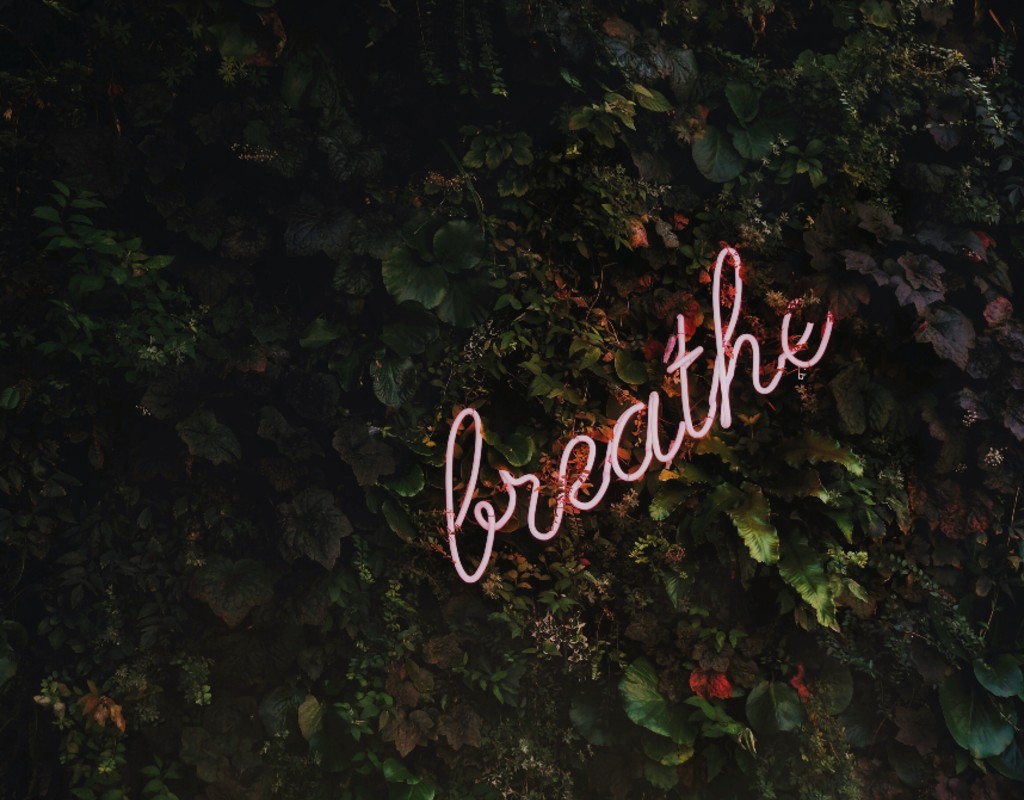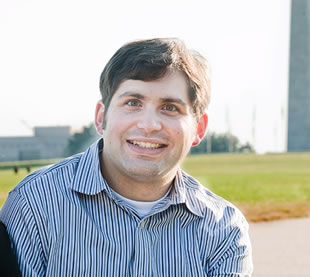
Incorporating Relaxation Tools into Daily Life that Work for You
Many children, teens, and even adults hear terms like “mindfulness” and “deep breathing” offered as solutions to calm down in the moment and feel more relaxed in general. Many schools incorporate mindfulness activities into their routine. At the same time, unless someone receives a formal lesson on what to do, children, teens, and adults may be at a loss of what these items are, how they work, and how to naturally weave them into daily life. Furthermore, many people are skeptical that these types of tools work.
Mindfulness as a term has many different definitions. Most definitions involve the idea of maintaining in the moment awareness of one’s thoughts, feelings, physical sensations, and surroundings. This is often achieved through mindfulness activities, which often consist of listening to a guided script that walks one through various things to think about. Additionally, a crucial element of mindfulness is often a focus on breathing.
Breathing, whether focused on through a formal mindfulness activity or not, is one of the most important things that can be used to reduce stress and bring about a feeling of calmness. Essentially, if someone is stressed or anxious, they are likely to be breathing more heavily, have an increased heart rate, and other physical sensations. By slowing down one’s breathing, it can help bring a person back to homeostasis/a more relaxed state.
Incorporating mindfulness and breathing exercises into your daily life or the life of your child or teen does not have to be difficult or time-consuming. Here are some suggestions to assist with this:
- Try out different mindfulness apps such as Headspace, Mindfulness, Calm, or MINDBODY.
- Start with shorter scripts to get used to it.
- Identify the type of mindfulness script that works best for you.
- If you have an iPhone, connect your mindfulness app to the Health app to log your time doing mindfulness activities.
- Use alerts on apps to remind you to use the Mindfulness app daily.
- If needed, block out time in your calendar each day at a time that works well to use your mindfulness app.
- Here are a few simple breathing exercises that you or your child or teen could use regularly:
- Set a timer for 30 seconds or one minute. Take a deep breath in for about three seconds and then exhale for four to six seconds. Keep repeating this until the timer goes off.
- One nostril breathing: Hold your finger over one nostril and breathe in and out slowly with the other nostril for 20-30 seconds. This may sound strange to do, but many people are pleasantly surprised at how relaxed they feel after. Basically, by constricting your breathing slightly, it slows down your breathing, and in turn can make you calmer.
- In order to incorporate breathing exercises into your daily life here are a few suggestions:
- If you have an Apple Watch, activate the Breathe app, which reminds you to do a breathing exercise however many times per day you set it to remind you. When the alert goes off, open the app, and follow the prompts.
- Pick set times of the day to do breathing exercises and block off time in your calendar for them.
- Add breathing exercises to stretching after a workout.
- Consider transition times such as waking up or right before going to bed to be good set times to do breathing exercises.
- For young children, an app such as Breathe, which features a Sesame Street character taking deep breaths in and out, can be helpful. This particular app asks the child to rub the monster’s belly and take deep breaths in and out along with the monster.
Mindfulness and breathing activities can greatly improve one’s mental and physical health over time. They can be helpful in promoting relaxation, reducing stress, anger, and other negative emotions. Finding a type of activity that is of interest is the first step in making a positive change in incorporating these items into your daily life or helping your children or teens to do the same. I hope that this article motivates you to try out mindfulness and breathing tools to enhance your overall well-being as well as help your children and teens as well.
Copyright 2019 Carey A. Heller, Psy.D.
*Disclaimer: The previous information is intended as general guidance based on my professional opinion, does not constitute an established professional relationship, and should not replace the recommendations of a psychologist or other licensed professional with whom you initiate or maintain a professional relationship*




Engage us on Facebook
Follow us on Twitter
Tweets by @mymcmedia